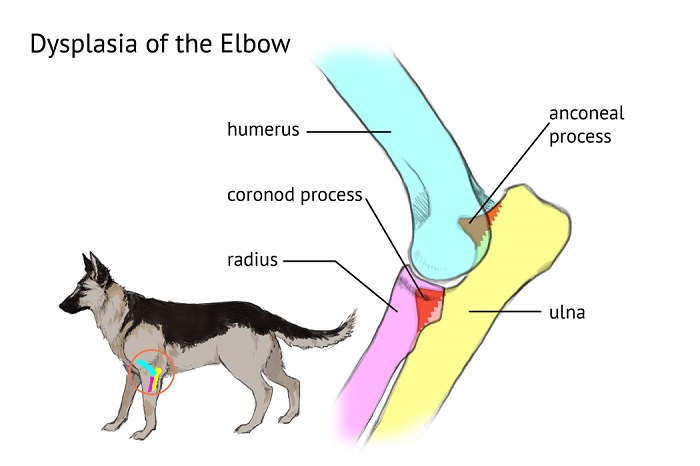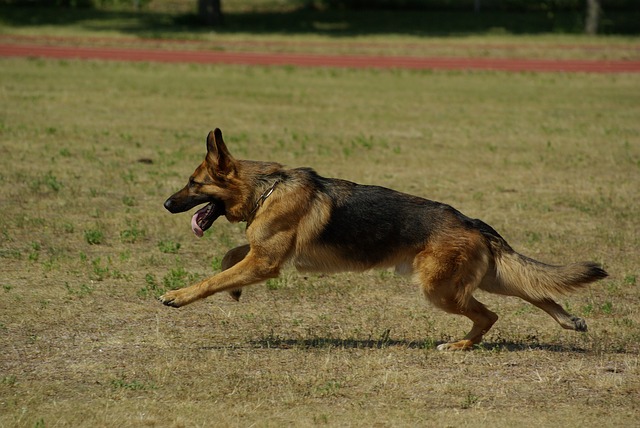When we talk about dog diseases we can say that one of the most prevalent orthopedic diseases is hip and elbow dysplasia. This type of disease most commonly affects larger breeds of dogs such as the German Shepherd, Golden Retriever, and Labrador, Schnauzer, etc.
Hip dysplasia is an irregular hip formation when the bony parts of the rapidly growing hips are not sufficiently attached to structures such as muscles, tendons, ligaments, etc. The disease can lead to numerous serious health problems and is often hereditary. Hip dysplasia also occurs as a cause of overweight dog pressing on the diseased hip joints.
Dogs suffer tremendous joint pain and this is difficult to detect. In young puppies, this disease can be seen as a walking disorder. Walking changes can be noticed when the dog is four to twelve months old. The activities of a dog with dysplasia are reduced and this is most often the case. Over time, there are irreversible changes to the bones in the form of bone reactions, cartilage collapse, and changes in joint construction.

The diagnosis is made by clinical examination and X-ray imaging and all this is done by a veterinarian. If an X-ray is done, atrophic changes in the hips may be missed, so the X-ray period can be done after one or two years of life to confirm the disease.
Depending on the degree of the disease, the age and size of the dog as well as the cost of treatment, the veterinarian approaches the appropriate treatment. Initial therapy involves the administration of pain relief medications in addition to exercises that strengthen the muscles and thereby reduce joint and hip loads. Also, according to the vet’s recommendations, the diet should be changed, as there is food formulated to strengthen the muscles and reduce the loss of cartilage in the joints.
It is recommended that dogs with the established disease should be excluded from further reproduction so that offspring do not spread but when the carriers of these genes are always excluded the effect can be frightening. The role of dog DNA tests, as well as the clever planning of breeders’ beds, achieve desirable results and quality.





